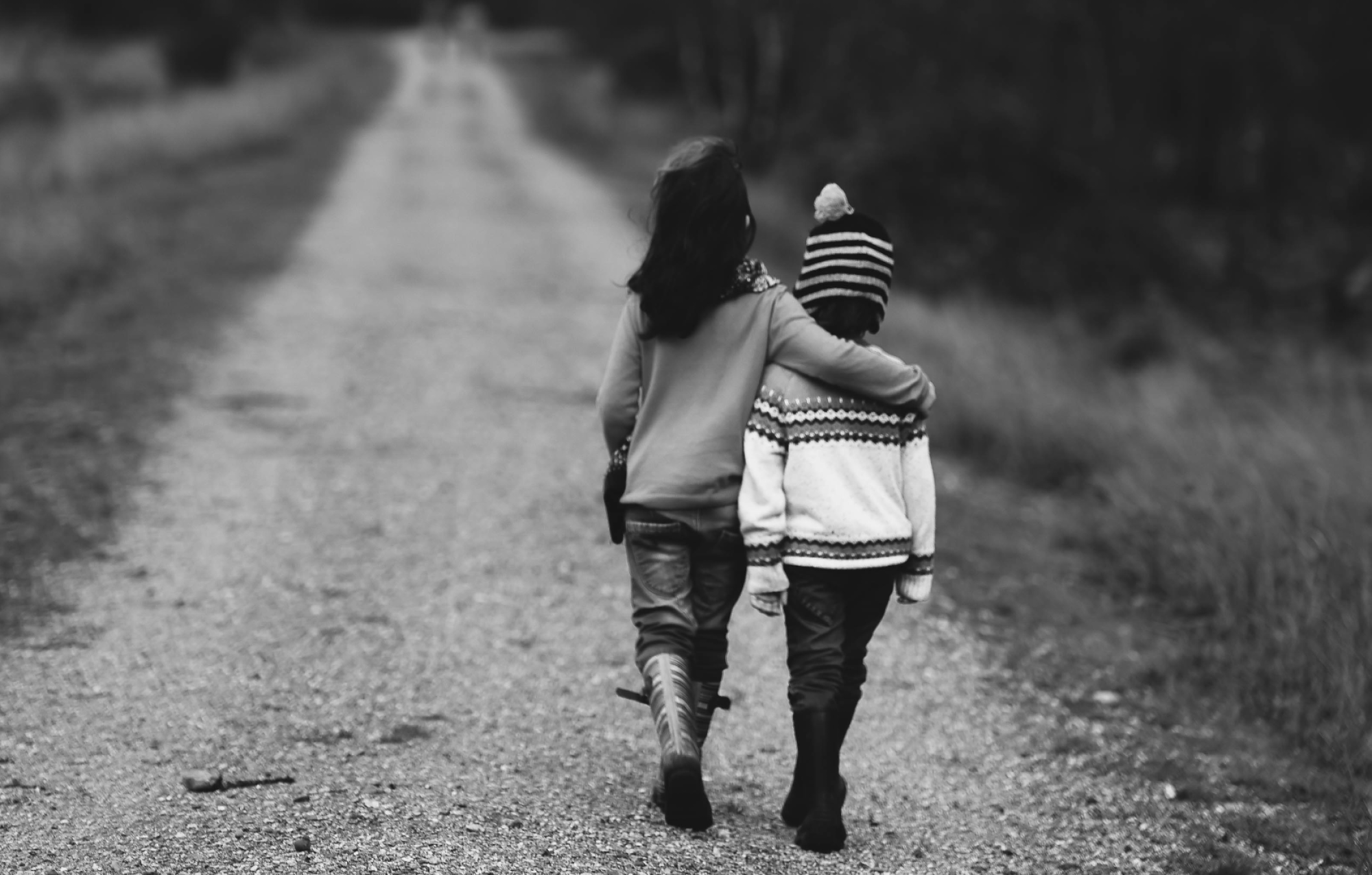
Image by Maryam Abdul-Kareem, adapted from the original drawing by Craig Froehle.
The excerpt below is from our podcast Mental Health Matters with Heather Benbrook and DJ Kimble. Heather is a Licensed Professional Counselor. Click here to listen to the entire episode.
Equality, Equity & Duchenne
When I was an elementary school counselor, I would teach the concept of equality vs. equity to the school kids. This was particularly useful when it came to diversity and understanding that everyone is different and that we all have different needs.
I think helping kids, peers and classmates understand this concept can really, really benefit the Duchenne community. The image above is one of my absolute favorite images to explain equality and equity.
Equality vs. Equity
I do think that the terms equality and equity can sometimes be a hard concept to grasp – even for adults – because we always use the phrase, “It’s not equal.”
So, the picture above illustrates that equality means when everybody gets the same thing, right? Yes, but, when you look at the children… a single box isn’t what everybody needs.
In the equity image, the taller child to the left doesn’t need the box, so he doesn’t have a box. He’s good. He can see the game no matter what, right?
The little girl in the middle, she’s kind of stretching, kind of hovering a little bit. Maybe she needs a little bit more height. She’s OK, but to be a little bit more comfortable, she was given a second box, right? So that’s what she needed in equity.
But as you see… the child in the wheelchair to the right, he doesn’t need a box. A box isn’t going to work for him, so they have to figure out something different to help him see the game. So what do they do? They build a ramp for the boy in the wheelchair.
So, on the equity side of the image, every child gets what they need to enjoy the game. On the equality side, every child gets the same thing. The equality side actually leaves some children out.
That’s Not Fair!
You hear kids saying all the time, “That’s not fair!” OK, hold up. What is fair? What does fair mean?
Contrary to popular belief, fairness is not equality. Fairness is equity, and so we have to change our mindset a little bit and correlate fairness with equity instead of equality to make sure that we all have what we need.
So when you think about society, you think about schools and classmates, you think about family systems and siblings. We really need to teach our kids the difference between equality and equity and really focus on the term “equity”. When we do that, the light bulb turns on about what’s fair and what’s not.
I taught this concept to my elementary students – even kids as little as kindergarten – and they can get it. They get it because they see it in their classrooms. They see it in society. They inherently know that everybody needs something a little bit different. It sometimes doesn’t feel the way we want it to feel, but ultimately it’s what we need and that’s what it boils down to.
